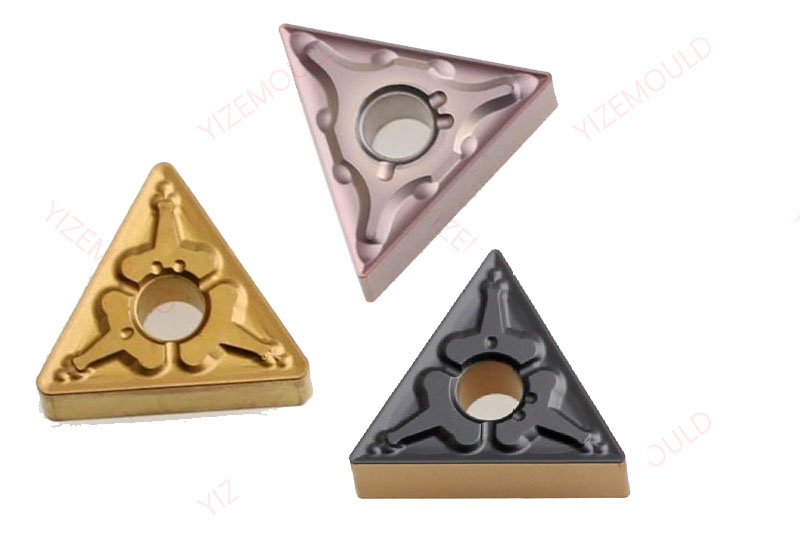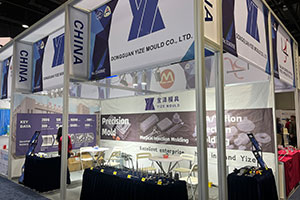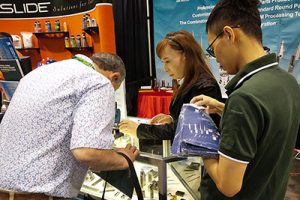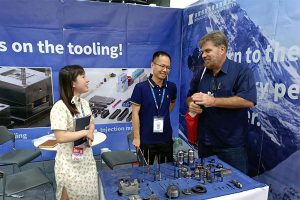How carbide inserts are made?
Carbide inserts, known for their exceptional hardness, wear resistance, and heat resistance, play a significant role in various industries. From woodworking machinery to the electronics industry, the applications of carbide […]
Carbide inserts, known for their exceptional hardness, wear resistance, and heat resistance, play a significant role in various industries. From woodworking machinery to the electronics industry, the applications of carbide inserts are wide and varied. This article briefly introduces the manufacturing process of carbide inserts, including the production process of the blade blanks and the precision finishing process of the blades.
Production process of tungsten carbide blade blanks.
Our factory business: carbide parts, mold parts, medical injection molds, precision injection molds, teflon PFA injection molding, PFA tube fittings. email: [email protected],whatsapp:+8613302615729.
Batching and mixing.
Initially, tungsten carbide powder and cobalt powder are carefully selected and batched according to application requirements. These powders, once mixed, undergo thorough crushing and drying.
Binder addition and granulation.
After sieving, specific binders are added to the mixture, followed by another round of drying and sieving, to create a mixture for granulation and pressing.
Initial pressing and sintering.
The mixture of tungsten carbide and cobalt powders is pressed under high temperature and pressure. Initially, the metal particles are loosely connected and easily fractured.
Temperature rise and particle bonding.
As the temperature gradually increases to 700-800°C, the bonding between particles strengthens but remains fragile. When the temperature reaches 900-1000°C, the gaps between particles reduce, and the bonding becomes more solid.
Sintering completion and structure formation.
At the sintering temperature of 1100-1300°C, the voids further decrease, and the bonding between particles becomes robust. Upon completion of sintering, the structure of the tungsten carbide blade consists of a cobalt base with tungsten carbide particles embedded, where different particle sizes and cobalt layer thickness determine the blade’s performance.

The processing technology for carbide cutting inserts can be referenced in the following article. How to machine tungsten carbide?
Quality inspection and packaging.
The above outlines the simple process of making carbide inserts. The complexity and precision of its manufacturing process ensure the exceptional performance of carbide inserts under extreme conditions. Do you have any unique insights or suggestions on the manufacturing or application of carbide inserts? We look forward to your experience sharing in the comments!






